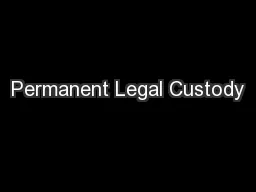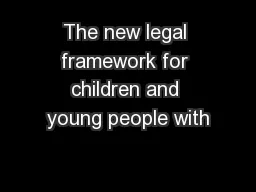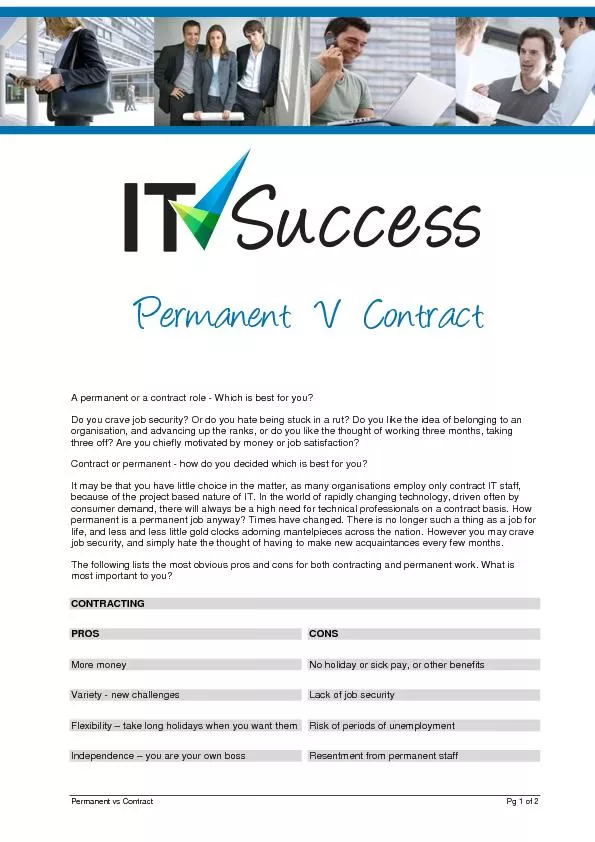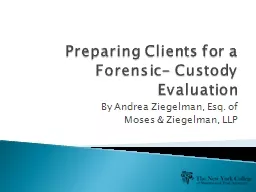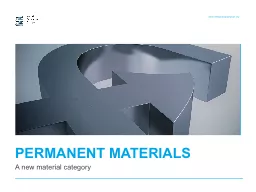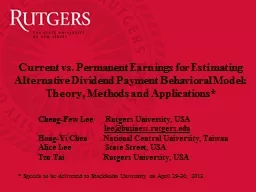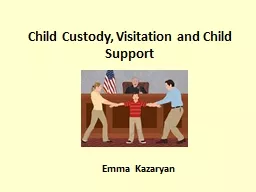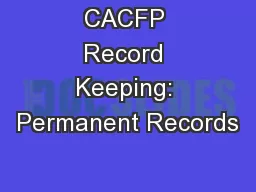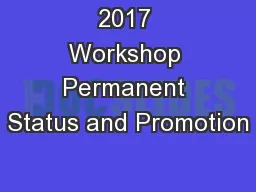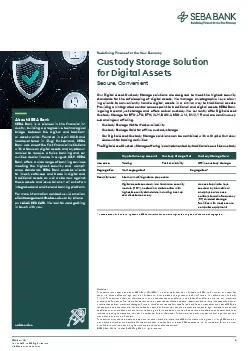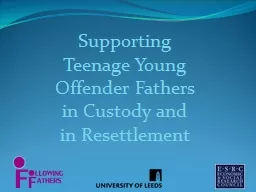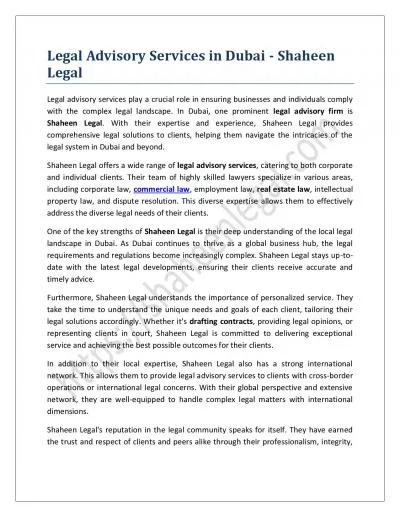PDF-Permanent Legal Custody
Author : danika-pritchard | Published Date : 2016-11-12
The Pennsylvania Child Welfare Resource Center 209 Concurrent Planning Handout 9 Page 1 of 3 Permanent Legal Custodianship PLC may be a permanency goal when a caregiver
Presentation Embed Code
Download Presentation
Download Presentation The PPT/PDF document "Permanent Legal Custody" is the property of its rightful owner. Permission is granted to download and print the materials on this website for personal, non-commercial use only, and to display it on your personal computer provided you do not modify the materials and that you retain all copyright notices contained in the materials. By downloading content from our website, you accept the terms of this agreement.
Permanent Legal Custody: Transcript
Download Rules Of Document
"Permanent Legal Custody"The content belongs to its owner. You may download and print it for personal use, without modification, and keep all copyright notices. By downloading, you agree to these terms.
Related Documents

